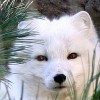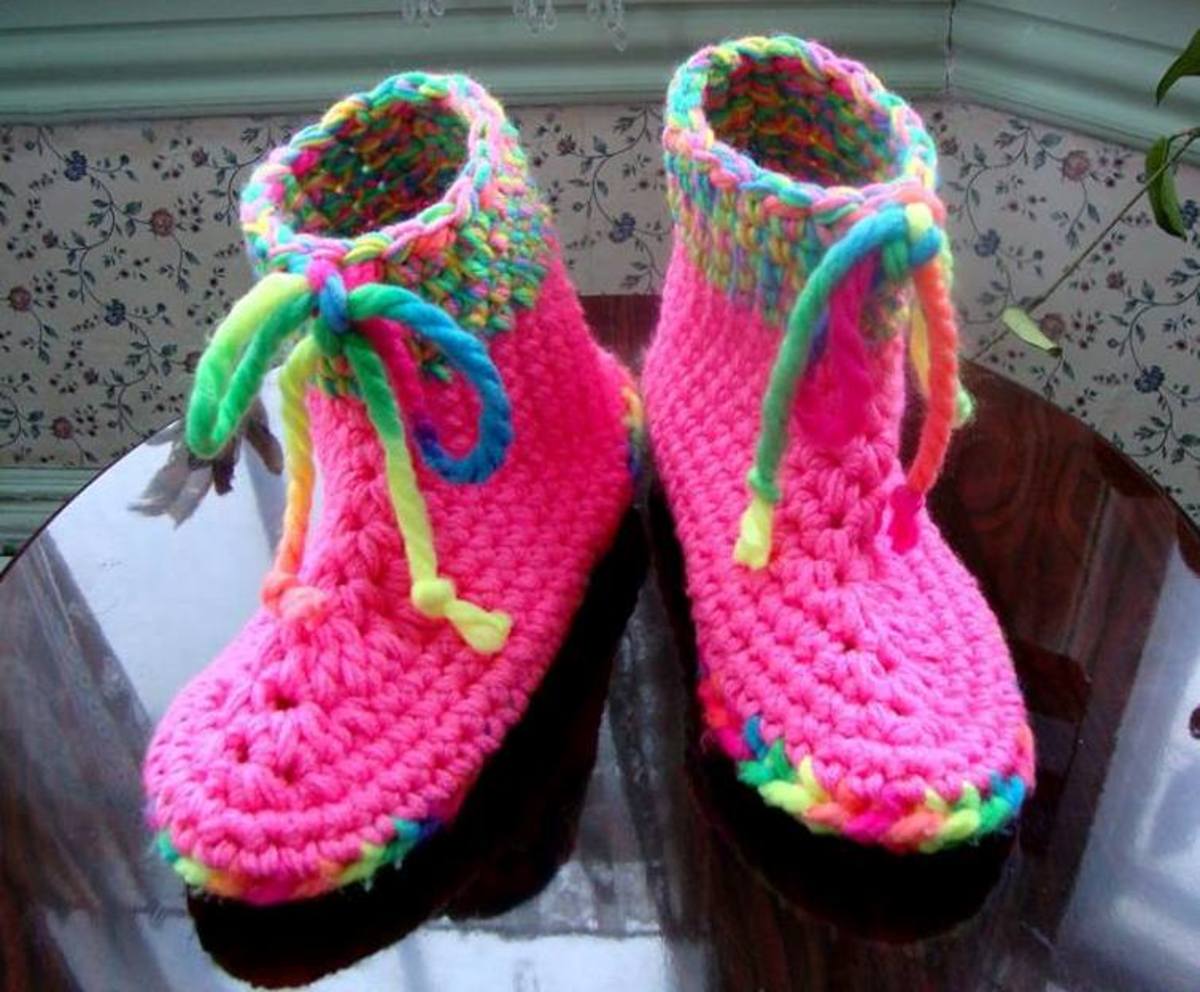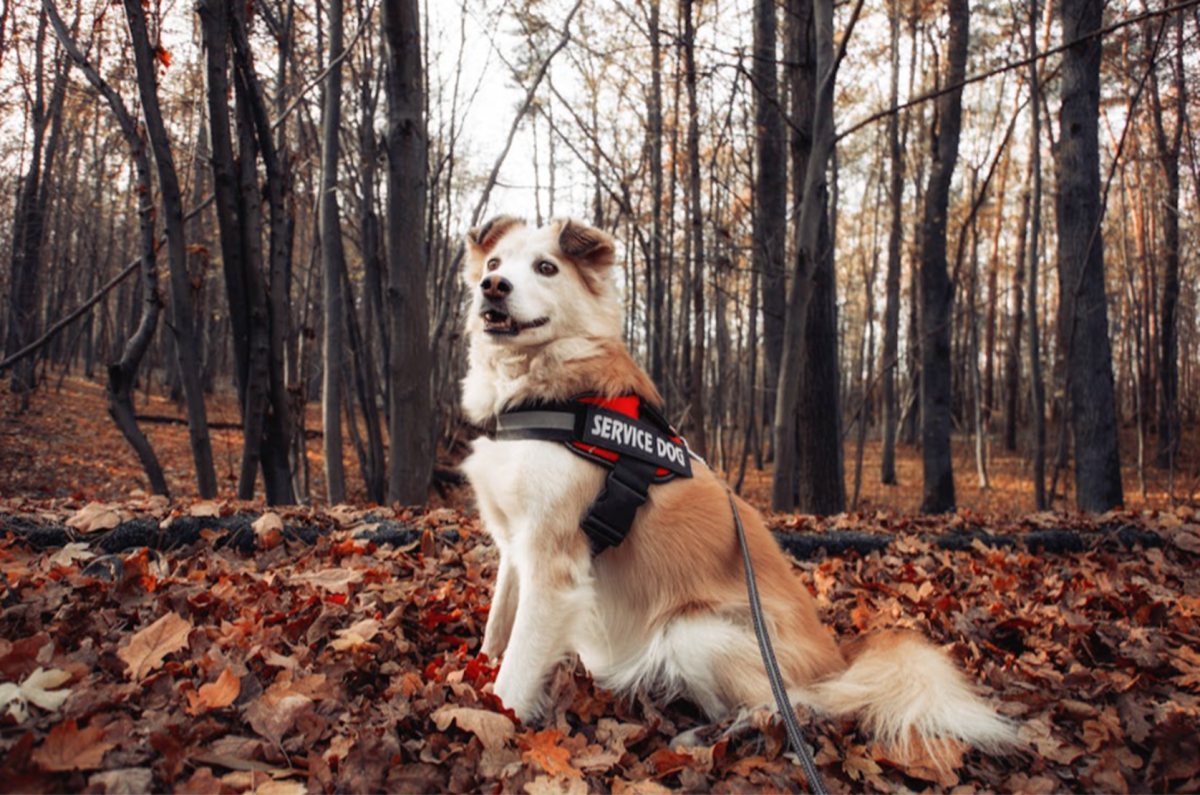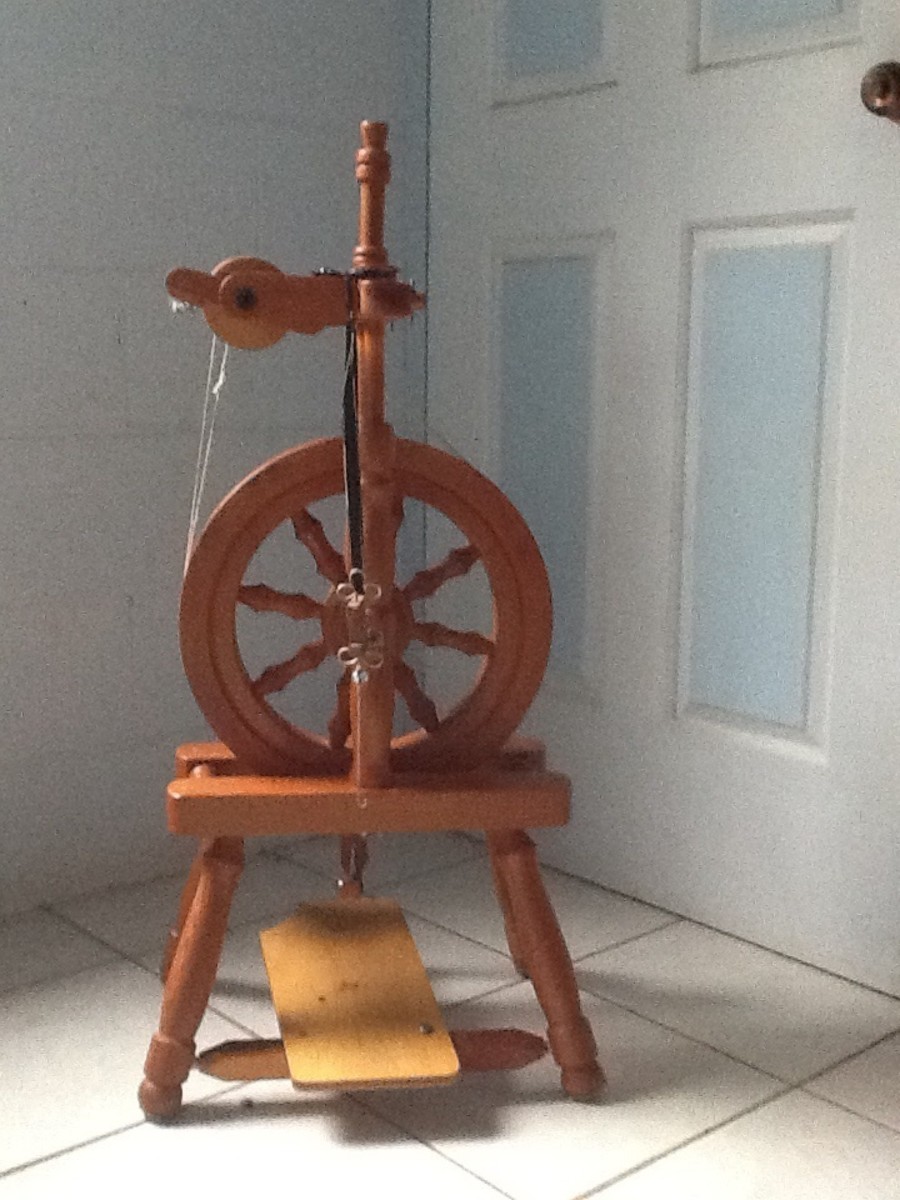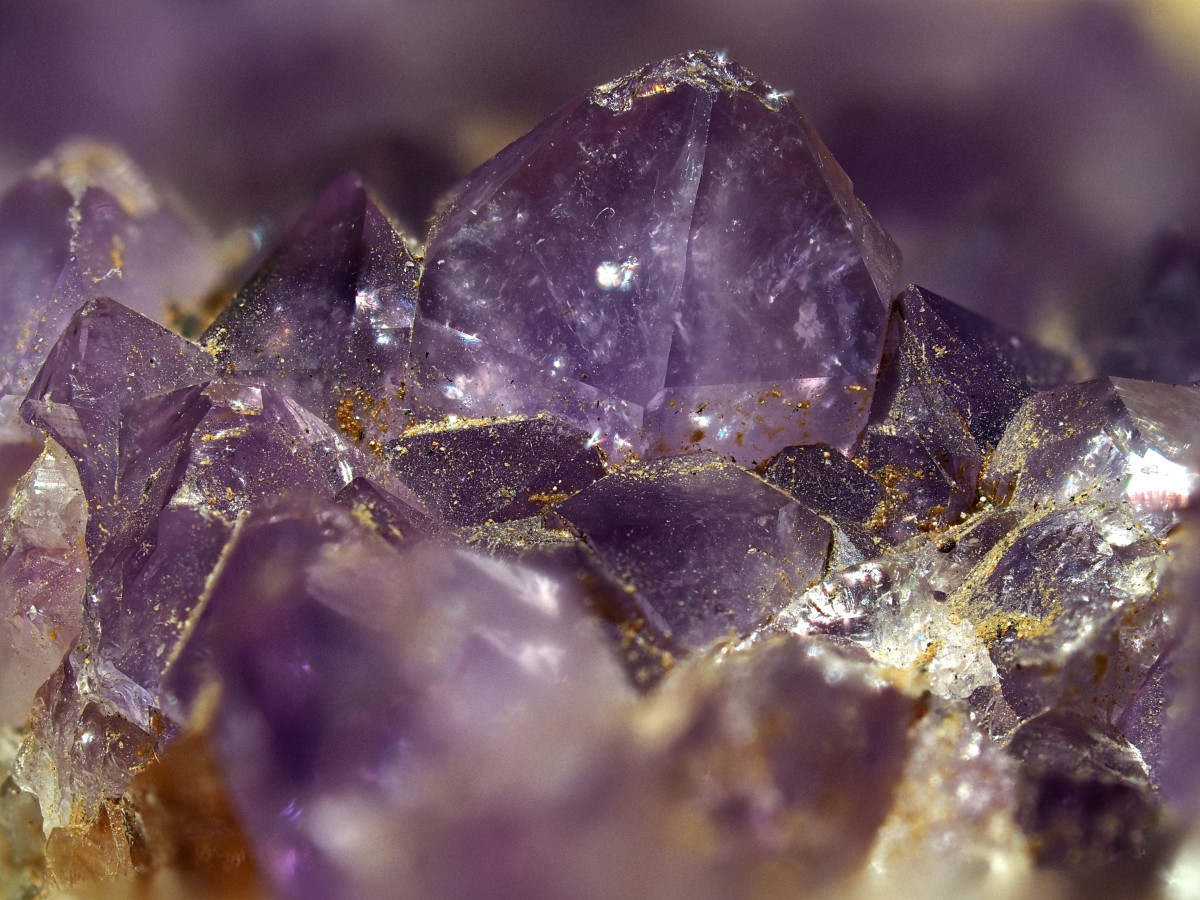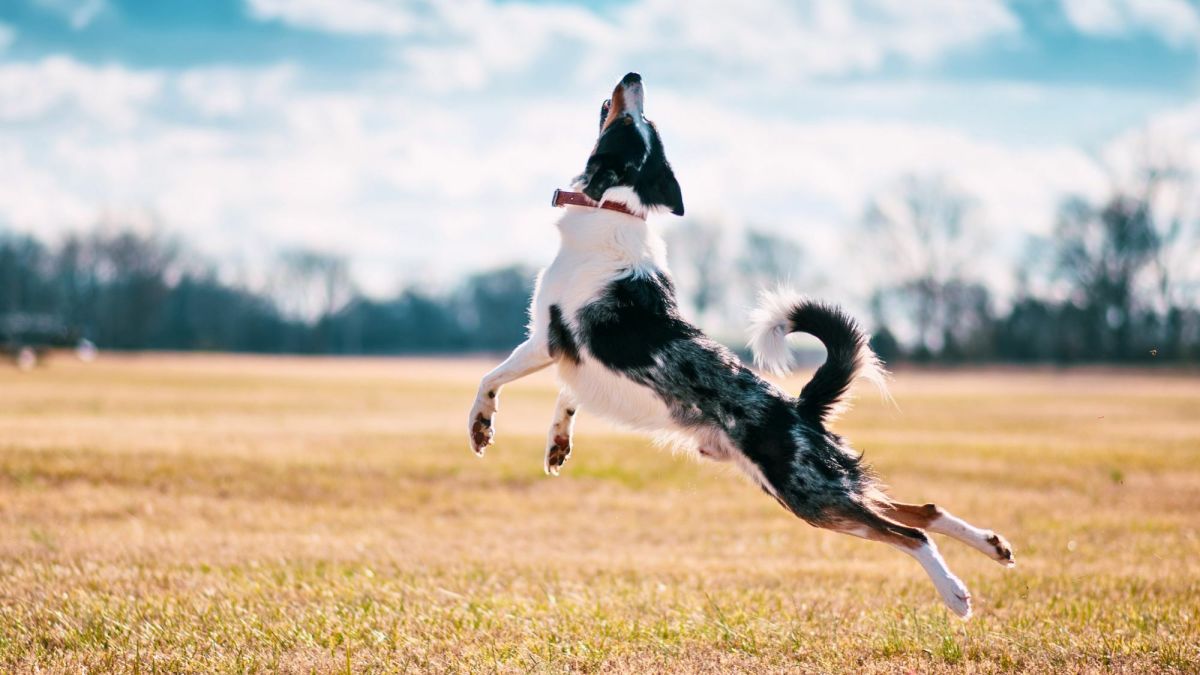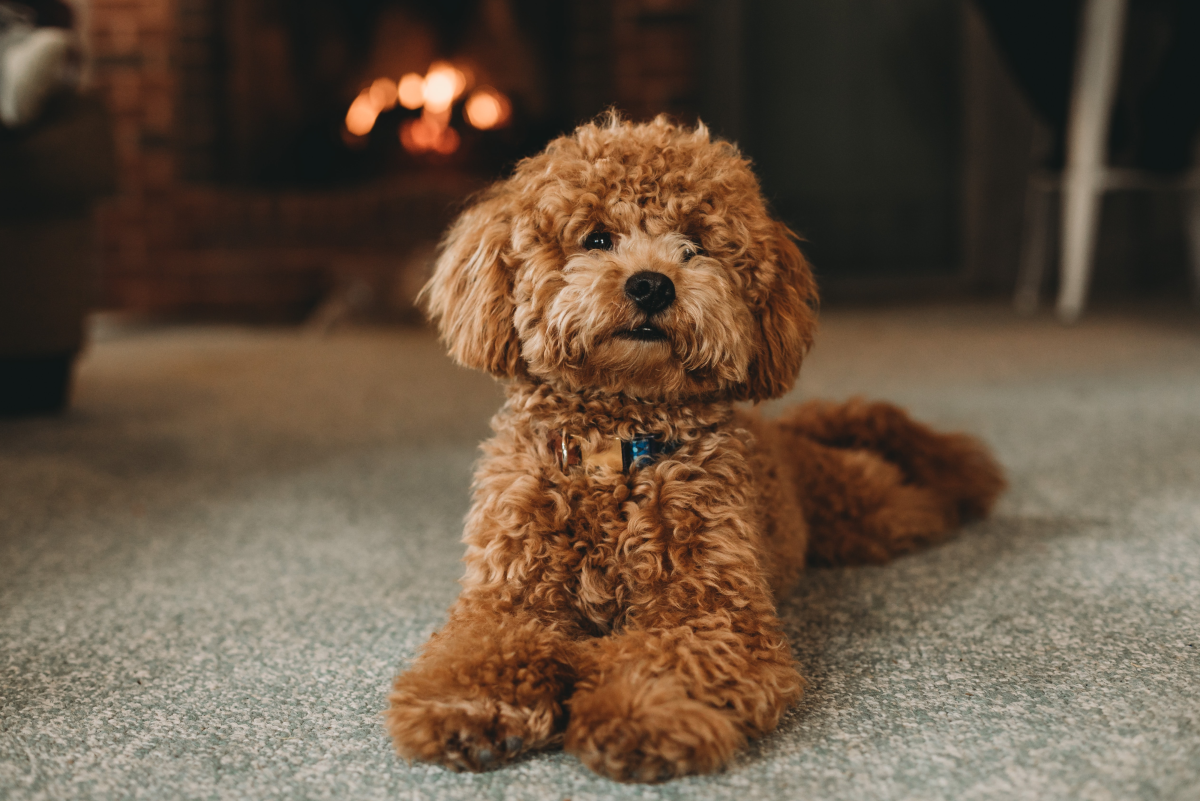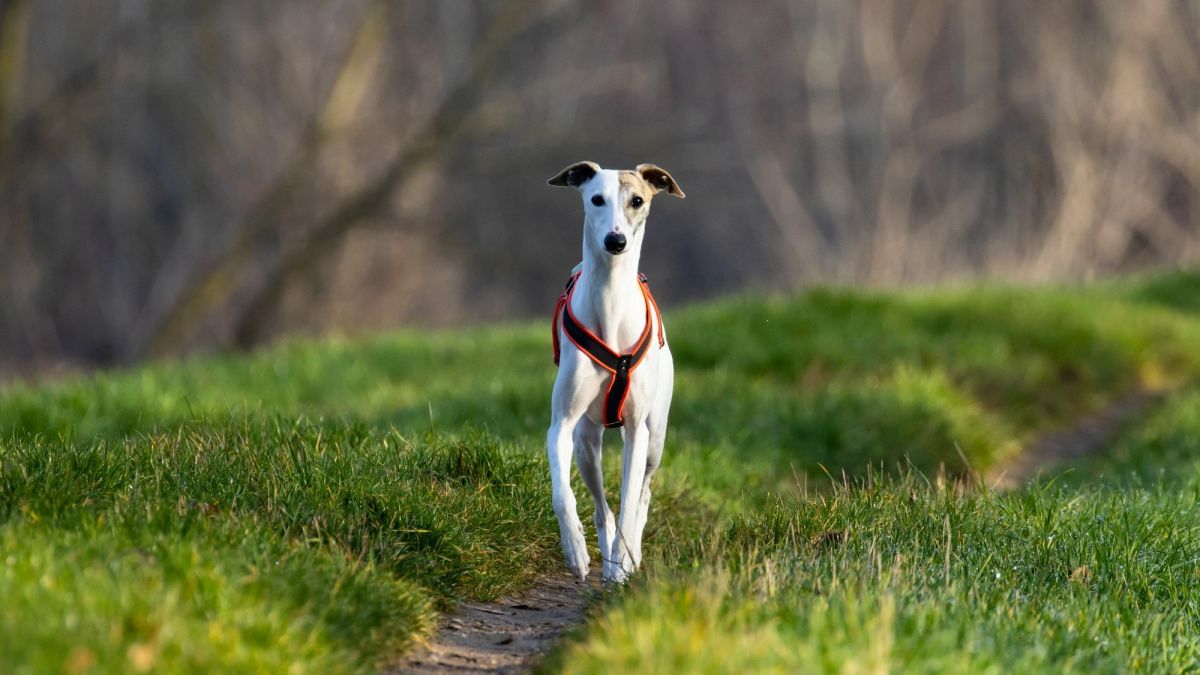Interesting Uses for Dog Hair
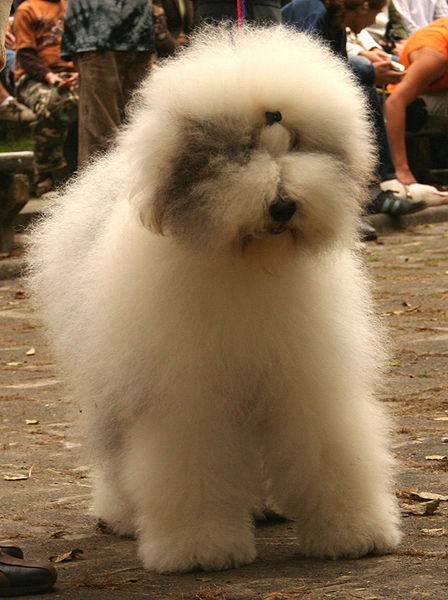
You don't need to have owned a dog to know that some breeds shed like crazy. As soon as you walk into a house where a dog lives indoors, you'll spot the hairs trapped in the carpet knap, on clothes and other fabrics, and you might even end up with a few strands in your mouth!
When I brushed my dogs a few days ago, I was about to toss the huge clumps of hair that seem to flow off them in streams into the bin, but when I pressed down on the foot pedal, the lid raised to reveal a literal mound of golden hair. I figured that there must be a better way to get rid of it - maybe I could use it for something.
Turns out it can be used for plenty.

Using Dog Hair to Spin Yarn
Long haired dogs leave a dusting of fluff balls after them wherever they go. Their soft undercoat strands can be used to create yarn if it is at least two inches in length. This is referred to as "cheingora" - a luxuriously fine fabric that can be used in knitting, crocheting, or weaving.
It is an excellent option for individuals who admire fur garments, but are firmly opposed to harming animals to obtain them, as the dog's hair can be easily gathered without subjecting the animal to pain, at little or no cost.
People use cheingora yarn to create beautiful hats, mittens, socks, jumpers, and even dog collars. You can send away your dog's hair to be spun, but you can also do it at home. The directions you'll need are displayed below:
Equipment:
Dog hair
Cotton carders
2 slicker brushes
Yarnblocker
White vinegar
Detergent
Drop spindle
Steps
1. Gather up some chemical-free, clean hair from a suitable breed of dog (one that sheds hair that is at least two inches long) such as a husky, a Newfoundland, or a German shepherd. Separate the scratchy outer coat hairs from the soft and fluffy undercoat ones, and discard the former.
2. This step is called "carding." Using two slicker brushes or cotton carders, swipe one brush through the other, disentangling the strands of hair from one another.
3. In one hand, take a small pile of carded hair and use your other hand to extract some strands, and proceed to twist them together to form yarn. Your movements must be gentle and delicate, otherwise the hairs will separate.
4. We're going to use a drop spindle to help us to create the yarn more quickly. Tie the section of yarn you've already spun to the shaft, above the weight, then twist it around the shaft a number of times until a length of six inches is left dangling from the groove at the top of the shaft.
5. Fetch some more carded hair and attach it to the end of the yarn hanging from the spindle by rotating the drop spindle in a clockwise fashion. The small clump of dog hair should join up with the cheingora yarn.
6. Once you've finished, gently wash the yarn in warm water using mild detergent. To deodorize it, fill your sink or a large basin with warm water and half a cup of white vinegar. Finally, let the cheingora yarn air-dry by winding it on a yarn-blocker or on the back of a ladder-backed chair and leaving it to set for three days.
Notes & Tips
-When rotating the drop spindle in step 5, it's important that you spin it in a clockwise direction. If you change directions, it will unravel.
-If you are a newcomer to spinning, it is advisable to first practice with prepared wool. It is an easier yarn to spin, and you won't needlessly use up your supply of cheingora. When you are confident and more assured in your movements, move onto spinning cheingora.
-You can use your new cheingora yarn to knit sweaters, mittens, scarves, hats, socks, pouches, gift bags, cushion covers, rugs, throws, stuffed animals, and even dog collars.
-Making a piece of clothing from pet hair can be a beautiful way to commemorate a dog, cat, horse or rabbit who has recently passed away. You will always have an elegant, hand-crafted item to remind you of your old friend. The fact that you created it yourself will make it all the more meaningful.
Spinning Dog Hair (Austrailian Sheperd)
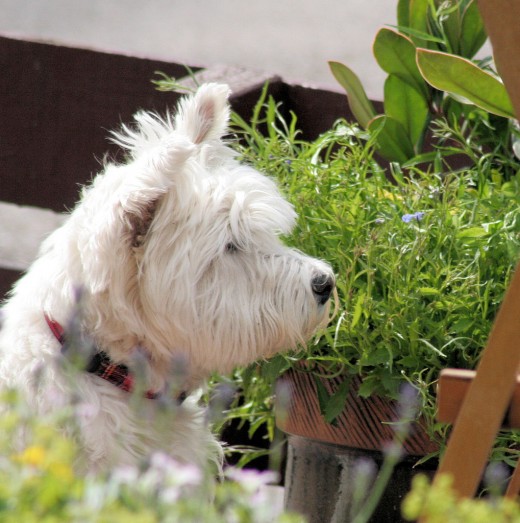
Outdoor Uses for Dog Hair
Birds Nests
In the Springtime, it's a good idea to leave some of your dog's shed hair in an area of your garden that is easily accessible to birds. Place it on a bird table, a garden wall, a bench, or on a windowsill.
If there is a wind blowing, you may want to keep the hair from scattering everywhere. You can accomplish this by stuffing a net bag (the kind oranges or onions sometimes come in with your dog's sheddings, and hanging it from the branch of a tree. They'll carry it off and use it to make their nests.
Compost
Did you know you can add both human and animal hair clippings to the compost pile? Well, you do now. You just need to keep in mind that while it will break down, it does so at a slow rate, so only small amounts should be added at any one time.
Warding off Pests
You can use dog hair to frighten off a number of unwanted garden visitors. Simply sprinkle a light dusting of dog hair clippings around your flowers, trees, shrubs, or vegetables in your yard and the smell will act as a natural deterrent to wild rabbits, deer, and other creatures.
It will trick them into thinking that there is a canine hiding nearby, and more often than not, the animal will not want to risk being attacked.
Using Dog Hair as a Stuffing or Filling
With the economy in its current sorry state, many people are beginning to make their own household accessories - cushions, pillows, and the like. Instead of buying gifts, they're making special soft toys and dolls for kids in the family. If the individual who will be handling the object is not allergic to dog hair, it will make an excellent stuffing.
Alternatively, you could use it to make scented pouches to place in the back of cabinets and drawers. Simply find a small draw-string purse (either a store-bought one, or one you made yourself with cheingora yarn), fill it with your dogs old hair, and add a few drops of essential oil. The scent used is entirely up to you.
If you are using your pet's hair for any of the above, just be sure to deodorize the hair first (refer to step 6 of the "Using Dog Hair to Spin Yarn" section) otherwise it will start to smell. You know that unpleasant dog odour? It actually comes from shed hair, rather than the pooch itself.
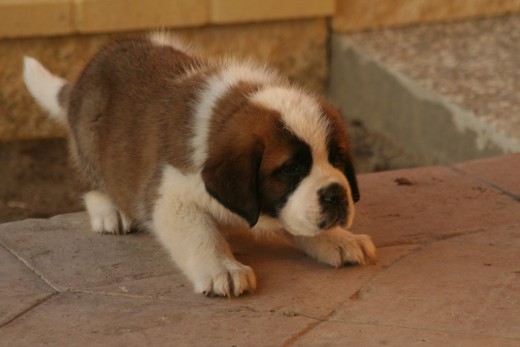
Other Interesting Links
- Is Knitting with Chiengora Doggone Good or Barking Mad?
An examination of the process of knitting with yarn made from the hair of a dog. - Spinning dog hair part 2 - Plying.wmv - YouTube
Part two of a three part series on spinning dog hair. The first part is the one included in this hub. This video shows balling the finished singles yarn so that I can ply it. - Spinning Dog Hair Part 3 - skeining.wmv - YouTube
The third in a three-part video series. The first is the one included in this hub. This shows plying, splicing a ply with a broken yarn and using a niddy noddy to make a skein. - Doggie Grab Bag!
Your Guide to Quality Dog Related Information on the Internet - Canine Pottery
From Earth to Art Dog Hair Pottery - Preserve memories of your canine companion with personalized dog hair pottery using your own dog's hair.
